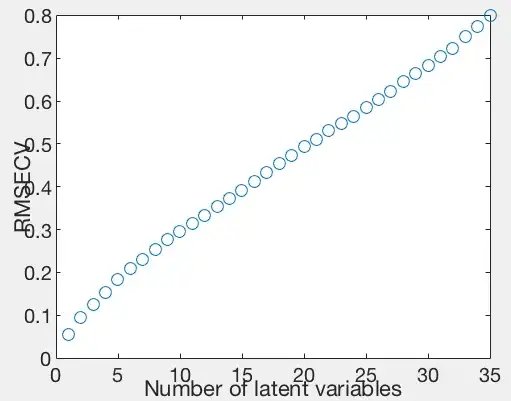Would any member of Cross validated stack exchange prove highlighted 1 and 2 by simple and clear explanation with examples?
My answers:
A sequence of events {$E_n, n\geq 1$} is said to be an increasing sequence if $E_n \subset E_{n+1}, n\geq 1 $ That means $E_n$ consists of those points that are not in any of the earlier $E_i, i < n$ Hence $E_{n+1},E_n, E_{n-1},...,E_1$ are matually exclusive events. So, $$\lim_{n \to \infty} E_n = \cup^{\infty}_{i=1} E_i$$
If {$E_n, n\geq 1$} is a decreasing sequence, the {$E^c_n, n \geq 1 $} is an increasing sequence. Hence $$\cup^{\infty}_{1} E^c_n = \lim_{n\to \infty} E^c_n$$
But, as $\cup^{\infty}_1 E^c_n = (\cap^{\infty}_1 E_n)^c$ , we see that $$1-\cap^{\infty}_1 E_n = \lim_{n \to \infty} [ 1- E_n]$$
or equivalently,$$\cap^{\infty}_1 E_n = \lim_{n \to \infty} E_n$$
